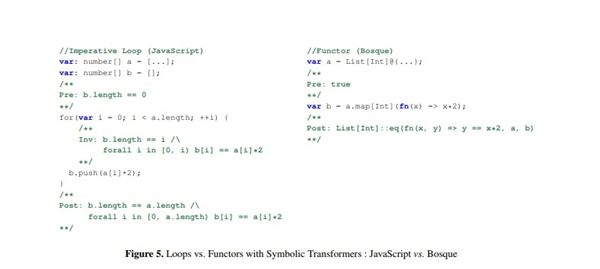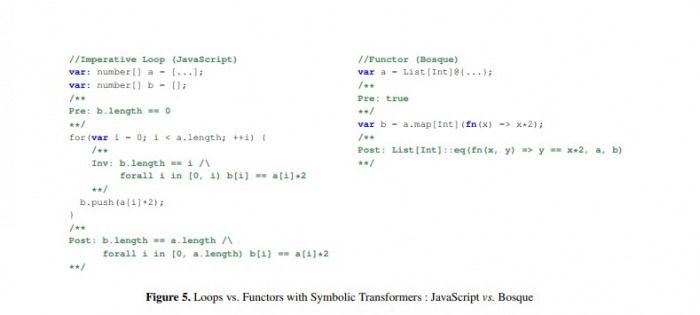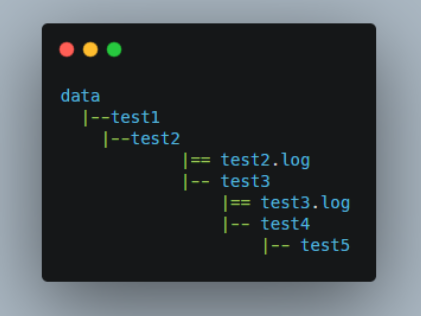理解t-SNE算法原理并使用Python代码实现t分布随机邻域嵌入(t-SNE)算法
 发布于2024-11-13 阅读(0)
发布于2024-11-13 阅读(0)
扫一扫,手机访问

T分布随机邻域嵌入(t-SNE),是一种用于可视化的无监督机器学习算法,使用非线性降维技术,根据数据点与特征的相似性,试图最小化高维和低维空间中这些条件概率(或相似性)之间的差异,以在低维空间中完美表示数据点。
因此,t-SNE擅长在二维或三维的低维空间中嵌入高维数据以进行可视化。需要注意的是,t-SNE使用重尾分布来计算低维空间中两点之间的相似度,而不是高斯分布,这有助于解决拥挤和优化问题。而且离群值不影响t-SNE。
t-SNE算法步骤
1.找出高维空间中相邻点之间的成对相似性。
2.根据高维空间中点的成对相似性,将高维空间中的每个点映射到低维映射。
3.使用基于Kullback-Leibler散度(KL散度)的梯度下降找到最小化条件概率分布之间的不匹配的低维数据表示。
4.使用Student-t分布计算低维空间中两点之间的相似度。
MNIST数据集上实现t-SNE的Python代码
导入模块
# Importing Necessary Modules. import numpy as np import pandas as pd import matplotlib.pyplot as plt from sklearn.manifold import TSNE from sklearn.preprocessing import StandardScaler
读取数据
# Reading the data using pandas
df = pd.read_csv('mnist_train.csv')
# print first five rows of df
print(df.head(4))
# save the labels into a variable l.
l = df['label']
# Drop the label feature and store the pixel data in d.
d = df.drop("label", axis = 1)数据预处理
# Data-preprocessing: Standardizing the data from sklearn.preprocessing import StandardScaler standardized_data = StandardScaler().fit_transform(data) print(standardized_data.shape)
输出
# TSNE
# Picking the top 1000 points as TSNE
# takes a lot of time for 15K points
data_1000 = standardized_data[0:1000, :]
labels_1000 = labels[0:1000]
model = TSNE(n_components = 2, random_state = 0)
# configuring the parameters
# the number of components = 2
# default perplexity = 30
# default learning rate = 200
# default Maximum number of iterations
# for the optimization = 1000
tsne_data = model.fit_transform(data_1000)
# creating a new data frame which
# help us in plotting the result data
tsne_data = np.vstack((tsne_data.T, labels_1000)).T
tsne_df = pd.DataFrame(data = tsne_data,
columns =("Dim_1", "Dim_2", "label"))
# Plotting the result of tsne
sn.FacetGrid(tsne_df, hue ="label", size = 6).map(
plt.scatter, 'Dim_1', 'Dim_2').add_legend()
plt.show()
本文转载于:https://fuxi.163.com/database/445 如有侵犯,请联系admin@zhengruan.com删除
产品推荐
-

售后无忧
立即购买>- DAEMON Tools Lite 10【序列号终身授权 + 中文版 + Win】
-
¥150.00
office旗舰店
-

售后无忧
立即购买>- DAEMON Tools Ultra 5【序列号终身授权 + 中文版 + Win】
-
¥198.00
office旗舰店
-

售后无忧
立即购买>- DAEMON Tools Pro 8【序列号终身授权 + 中文版 + Win】
-
¥189.00
office旗舰店
-

售后无忧
立即购买>- CorelDRAW X8 简体中文【标准版 + Win】
-
¥1788.00
office旗舰店
-
正版软件
- 分享PyCharm插件安装技巧,助你事半功倍!
- PyCharm是一款功能强大的Python集成开发环境,通过安装插件可以进一步提高开发效率和方便开发者的工作。本文将分享一些PyCharm插件安装的技巧,让你事半功倍,同时提供具体的代码示例来演示插件的使用方法。第一步:打开PyCharm,点击菜单栏中的“File”(文件),然后选择“Settings”(设置)。第二步:在Settings窗口中,点击左侧的“
- 15分钟前 插件 技巧 Pycharm 0
-
正版软件
- 介绍Golang编程语言中的度量单位转换功能
- Golang编程语言中的单位转换功能介绍在Golang编程语言中,经常会遇到需要进行单位转换的情况,例如将温度从摄氏度转换为华氏度,将长度从米转换为英尺等。Golang提供了方便且灵活的方式来进行单位转换,使得处理这类需求变得简单和高效。1.温度单位转换packagemainimport("fmt")funcc
- 30分钟前 Golang 功能介绍 单位转换 0
-
 正版软件
正版软件
- 简化PHP代码重复:设计模式的实用指南
- 工厂方法模式工厂方法模式定义了一个接口,用于创建产品对象,而将创建实际对象的逻辑委派给子类。这样做可以将产品类的创建分离,使其更易于扩展,而不破坏客户端代码。interfaceProduct{publicfunctionoperation();}classConcreteProductAimplementsProduct{publicfunctionoperation(){//...}}classConcreteProductBimplementsProduct{publicfunctionoperati
- 45分钟前 0
-
 正版软件
正版软件
- 探秘Java Iterator与 Iterable:解码迭代器和可迭代对象
- 在Java编程中,Iterator和Iterable接口是用于处理集合中元素的重要工具。Iterator接口提供了对集合元素进行迭代访问的方法,而Iterable接口则定义了集合的可迭代性,使集合中的元素可以通过Iterator访问。这两者的紧密配合,为我们提供了遍历集合元素的通用方法。Iterator接口Iterator接口定义了以下方法:booleanhasNext():检查集合中是否还有元素。Enext():返回集合中的下一个元素。voidremove():移除当前元素。Iterable接口Iter
- 1小时前 17:15 Java iterable iterator 0
-
正版软件
- Go语言中协程与线程的比较
- Go语言是一门开源编程语言,它独特的特性之一就是支持协程(goroutine),CSP并发模型使得在Go中使用协程变得非常方便。相比之下,线程则是更传统的并发编程方式。在本文中,我们将探究Go语言协程与线程的差异,并通过具体的代码示例来加以说明。1.协程与线程的基本定义在编程中,协程是一种比线程更加轻量级的并发策略。在Go语言中,通过go关键字可以很方便地
- 1小时前 17:00 Go语言 线程 协程 0
最新发布
-
 1
1
-
 2
2
-
3
- Vue组件中如何处理图片预览和缩放问题
- 435天前
-
 4
4
-
 5
5
-
 6
6
- Python实战教程:批量转换多种音乐格式
- 606天前
-
7
- WebSocket协议的优势与劣势分析
- 436天前
-
8
- java动态代理实例代码分析
- 606天前
-
 9
9
- java io文件操作删除文件或文件夹的方法
- 603天前
相关推荐
热门关注
-

- Xshell 6 简体中文
- ¥899.00-¥1149.00
-

- DaVinci Resolve Studio 16 简体中文
- ¥2550.00-¥2550.00
-

- Camtasia 2019 简体中文
- ¥689.00-¥689.00
-

- Luminar 3 简体中文
- ¥288.00-¥288.00
-

- Apowersoft 录屏王 简体中文
- ¥129.00-¥339.00